1930 Royal Portable
(Took this lovely shot on Kodak Eltar100 with my Nikon F3)
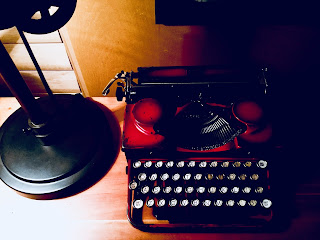 In 1930, Royal redesigned its Portable machine and added on some gull-wing ribbon covers. This machine became affectionally known as the “Model P,” as the serial code began with that letter (the letter really only tells you the kind of machine: “P” for portable). This machine became wildly popular as well, and if it can be found in a Vogue typeface, could be worth thousands. F. Scott Fritzgerald was rumored to have one, as a dinner invitation sent by him and his wife sported this font.
In 1930, Royal redesigned its Portable machine and added on some gull-wing ribbon covers. This machine became affectionally known as the “Model P,” as the serial code began with that letter (the letter really only tells you the kind of machine: “P” for portable). This machine became wildly popular as well, and if it can be found in a Vogue typeface, could be worth thousands. F. Scott Fritzgerald was rumored to have one, as a dinner invitation sent by him and his wife sported this font.
Rebranded in later years as the “Junior,” production came to a stop in 1938, for favor of the Deluxe, and touch control models.
The machine I have is from 1930, and is the 5,430th machine made in this style out of about 700,000. It came to me in a rather poor condition, after having sat in an attic for who knows how many decades. The action was frozen, the index didn’t work, the rollers were flat, feet broken, vibrator stuck, and a misaligned text. The first thing I did with it was remove the body. Removal was a difficult task, and gunsmith screwdrivers (or any hollow ground screwdrivers) work best for these kinds of tasks. I repaired any broken parts I could find, cleaned thoroughly (not forgetting the type-slugs), and readjusted every key and letter, including capitals and the spacing. The mainspring was not pulling hard enough, but thankfully it just needed to be tightened. For the feed rollers, I stopped by Advanced Auto parts and looked through their selection of rubber hosing, and chose ones with the correct inner and outer diameter. This machine grips paper like a bench vise, even with the hardened platen. After I had the rollers finished and the index fixed, (the upper part of the carriage had been disassembled) I began working on cleaning and polishing. The old layers of tobacco and dust came off revealing a very nice two tone red and black paint-job. The paint was worn off in many places, but the rear panel and decals remained perfectly preserved.
First Time I worked on it
Observe the Dirt
Corroded Typebars
Airing out tobacco smell
Flattened Bail Rollers
Fixing the Bail Rollers
Machine: Sans-casing
Ready for polishing and cleaning
Decal on the backplate
Vacuum and Fuel Hose
The scale back in after the rollers were installed.
The spring clips on either side keep it in position.
Bare metal roller, marked for new rubber
The scale had to come out
The scale back in after the rollers were installed.
The spring clips on either side keep it in position.
New Rubber
Repaired Feed Rollers
Today, the machine works as if it had just come off the assembly line. Once in a while I might encounter a new issue from extended use and worn parts, but nothing that has given me a poor typing experience. I am very pleased with the way this machine types. Though I wish it was in Vogue, the standard typeface in Pica (10cpi) looks very nice. Video and type sample hopefully coming soon.
Edit: I made rubber feet for it as well.
Edit: I made rubber feet for it as well.









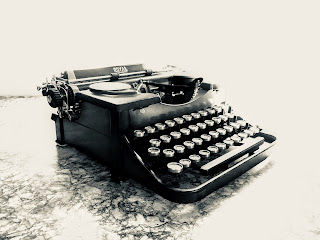
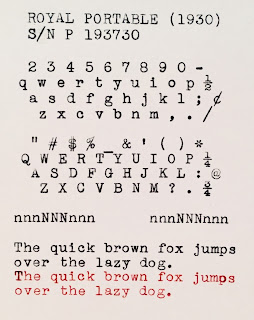
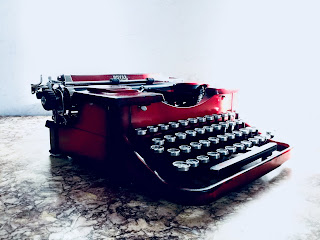


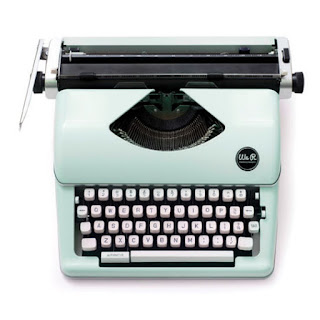
Comments
Post a Comment